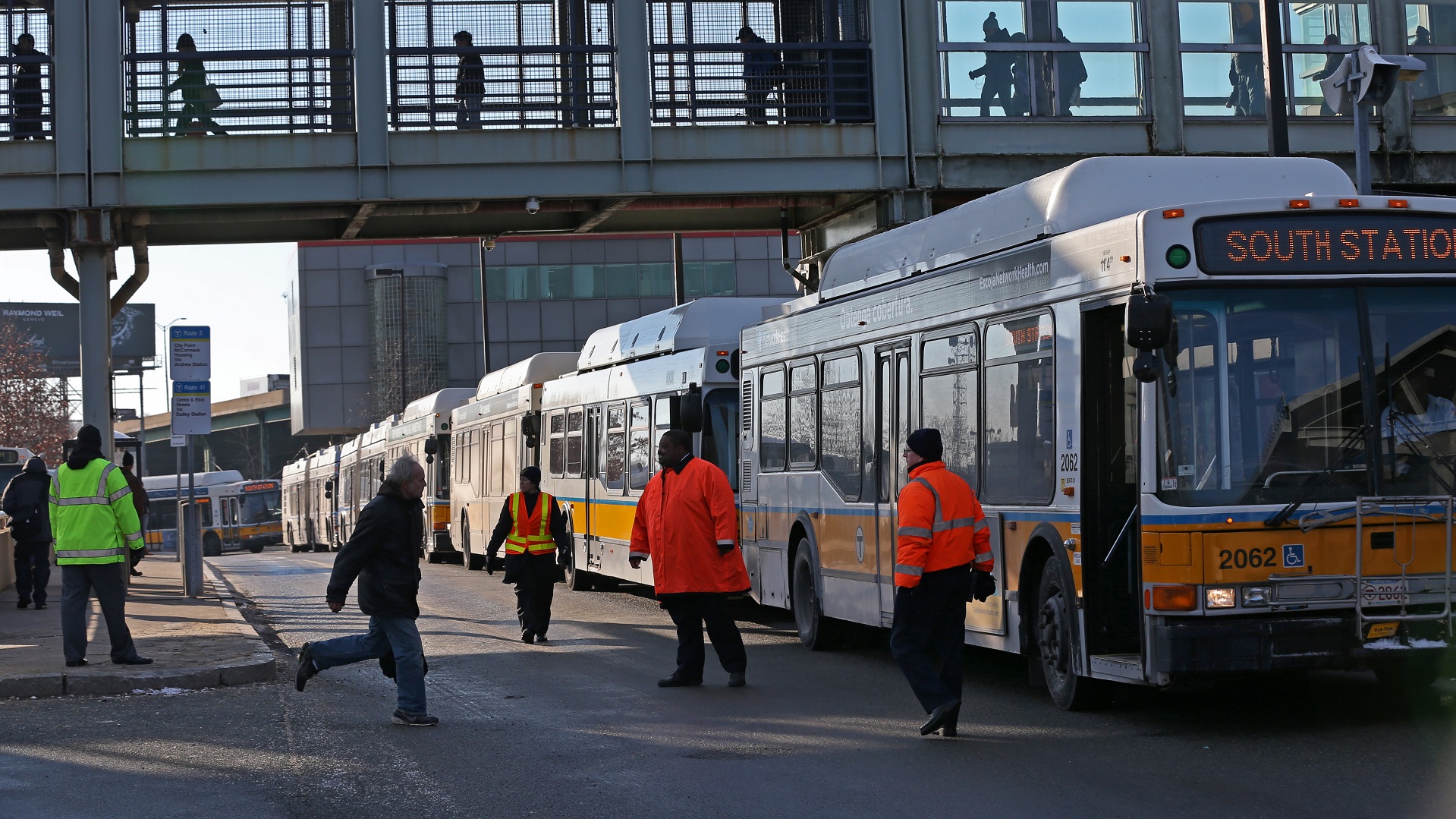

Amazon has narrowed its search for the location of its second headquarters to 20 finalists out of 238 applicants, and a common theme has emerged: Amazon wants its second home to have a strong public transportation network, reports the Wall Street Journal.
Among Amazon’s requirements are a population of at least a million people, public transportation, a major airport with connections to its current Seattle headquarters, and a large pool of technical talent in the area. Amazon will bring up to 50,000 jobs to its second headquarters’ home and is aware that many of those positions will need to be filled by people who live outside the city. Amazon wants its commuters to have the option of using public transit, rather than cars, to get to work. Many major cities, such as Detroit, Sacramento, and Cincinnati, have already been eliminated from consideration.
Among the remaining contenders is Boston, reports the Boston Herald. Amazon already has an office in Boston’s seaport district which is expanding from 1,200 workers to 2,000. Indeed, Boston meets all of Amazon’s stated qualifications, with a large population, an extensive subway, bus, and commuter rail system in the MBTA, airline service from Logan Airport, and a thriving tech community. But the other 19 cities on the full list also make a compelling case as to why Amazon’s “HQ2” should be located there as well.
Meanwhile, some cities that didn’t make Amazon’s cut are still making changes to prepare them for the next time a major tech company starts eyeballing new territory. Many in Detroit plan to push for public transportation improvements, citing Amazon’s rejection as proof that the current system is holding back development. Meanwhile, Sacramento and Cincinnati are creating programs to train and attract more tech-savvy workers to their areas so that a pool of qualified talent will be available next time a tech giant is searching for new office space.